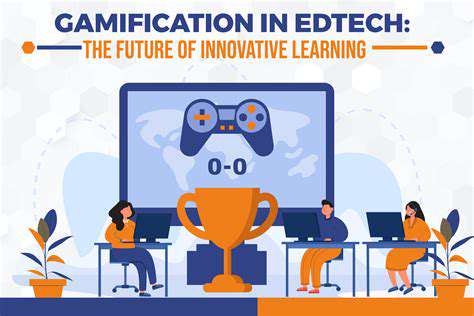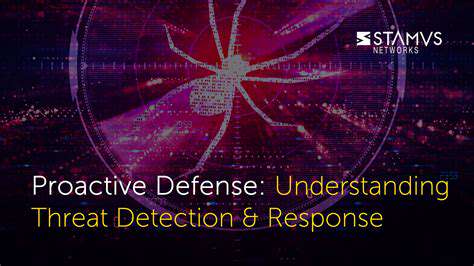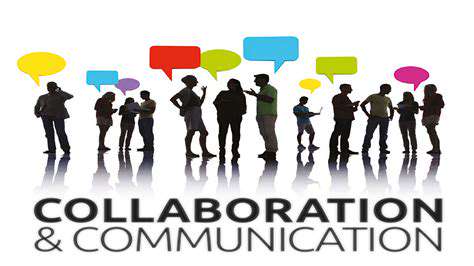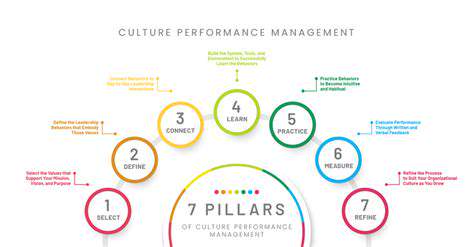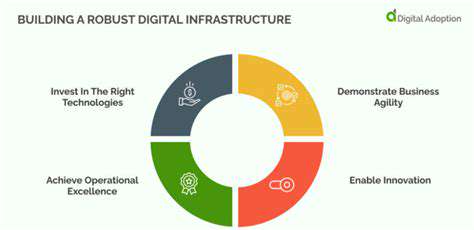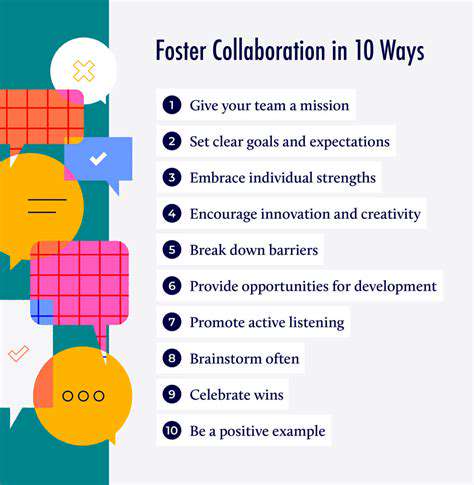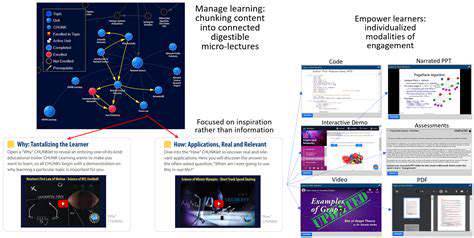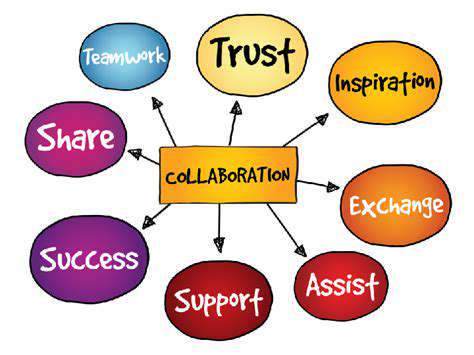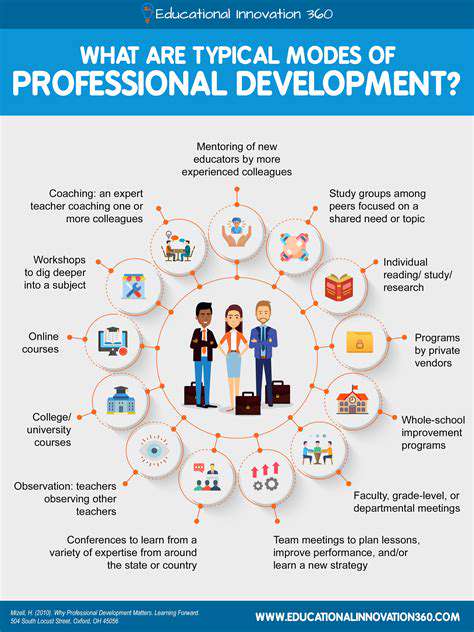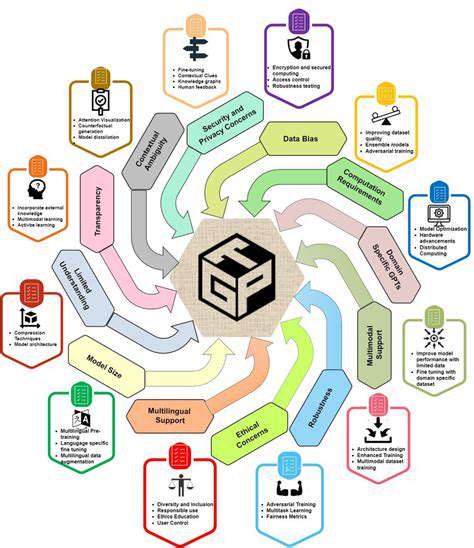Gamified Curriculum Design: A Practical Workshop
Identifying Learning Objectives and Designing Game Mechanics
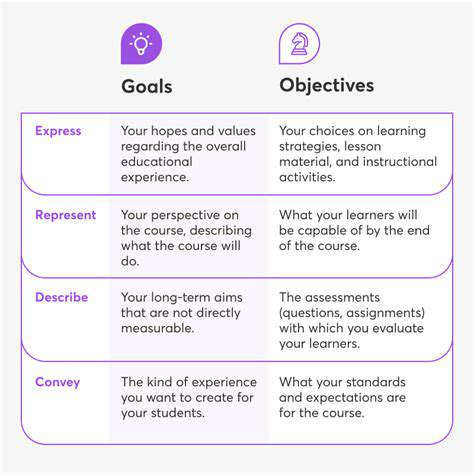
Defining Learning Objectives
Learning objectives are specific statements that describe what learners will be able to do after completing a learning experience. They are crucial for effective instruction as they provide a clear roadmap for both the instructor and the learner. Clearly defined objectives ensure that the learning experience is focused and aligned with desired outcomes. A well-defined objective also helps in evaluating the effectiveness of the learning process.
Importance of Measurable Objectives
Measurable learning objectives are essential for ensuring that the learning process yields tangible results. These objectives should be phrased in a way that allows for assessment and evaluation. For instance, instead of stating students will learn about the history of the Roman Empire, a measurable objective would be students will be able to identify five key events in the history of the Roman Empire and explain their significance. This provides a concrete benchmark for assessing learning.
Specificity and Clarity in Learning Objectives
Learning objectives should be specific and unambiguous. Vague or overly broad objectives can lead to confusion and ineffective learning. For example, students will understand the principles of effective communication is too broad. A better objective would be students will be able to identify and apply three key principles of effective communication in a given scenario, demonstrating their understanding through a written analysis. This level of specificity ensures that all learners have a shared understanding of the expected outcome.
Alignment with Curriculum and Course Goals
Learning objectives should be aligned with the overall curriculum and course goals. This ensures that the learning experience contributes to the broader educational objectives. A well-structured curriculum ensures that learning objectives are integrated and contribute towards the larger learning goals. This alignment helps maintain focus and coherence throughout the learning process.
Considering Different Learning Styles
When crafting learning objectives, it's important to consider the diverse learning styles of your audience. Tailoring objectives to different learning preferences can lead to more effective learning outcomes for all learners. Consider incorporating various methods of engagement and assessment to accommodate diverse learning styles. This could include visual aids, hands-on activities, or group discussions, depending on the learning objective.
Developing Actionable Learning Objectives
Actionable learning objectives are those that clearly describe what learners will be able to do after the learning experience. They are not just statements of knowledge; they are statements of skills and abilities. Effective objectives inspire learners to actively participate in the learning process. For instance, instead of passively receiving information, learners can be encouraged to apply what they learn to solve problems or create new solutions. This active engagement leads to deeper learning and retention.
Evaluating and Revising Objectives
Evaluating learning objectives is crucial for ensuring that they are effective and aligned with the intended learning outcomes. Regular feedback from learners and instructors can help identify areas for improvement. This process should be ongoing, as learning objectives can be adapted or adjusted based on the effectiveness of the learning process. Continual evaluation ensures that the objectives remain relevant and support the best possible learning experience for all involved.

Building a Supportive Learning Community
Fostering Collaboration Through Shared Learning Goals
A key element of a supportive learning community is establishing clear and shared learning goals. Students need to understand not only *what* they're learning, but also *why* it's important and how it connects to their overall development. This involves collaborative goal-setting, where students actively participate in defining the objectives, understanding the process of achieving them, and recognizing the value of each individual's contribution. This shared understanding creates a sense of ownership and motivates students to support each other in their learning journey.
Creating opportunities for students to articulate their learning goals and discuss how they align with the overall curriculum fosters a deeper understanding of the subject matter and encourages a supportive learning environment. This process can lead to more effective strategies for achieving those goals and a stronger sense of community among learners.
Utilizing Gamified Activities for Enhanced Engagement
Gamified activities are powerful tools for building a supportive learning community. Through interactive challenges, points, leaderboards, and rewards, students are motivated to participate, collaborate, and help each other succeed. This competitive yet supportive environment encourages knowledge sharing and a willingness to assist peers, fostering a strong sense of camaraderie among learners.
Effective gamification in the classroom goes beyond simple points and badges. It needs to be carefully integrated into the curriculum, aligning with learning objectives and promoting meaningful interaction. By structuring activities around collaborative challenges and shared success, the gamified approach can significantly enhance the learning experience and create a more supportive learning community.
Creating Safe Spaces for Open Communication
A supportive learning community thrives on open communication and a safe space for students to express their thoughts and ideas without fear of judgment. Establishing clear communication channels, such as online forums or dedicated discussion boards, allows students to ask questions, share insights, and provide constructive feedback in a low-pressure environment. This fosters a sense of trust and belonging.
Teachers play a crucial role in creating this safe space by actively moderating discussions, addressing concerns promptly, and emphasizing respectful communication. This approach not only promotes open dialogue but also encourages students to take risks, learn from mistakes, and support each other through the learning process.
Implementing Peer-to-Peer Learning Strategies
Peer-to-peer learning is an invaluable component of a supportive learning community. Encouraging students to teach and learn from one another provides diverse perspectives and strengthens their understanding of the material. This approach can involve group projects, study sessions, tutoring, and collaborative problem-solving activities.
By actively promoting peer-to-peer interaction, students develop crucial social and emotional skills, such as empathy, communication, and teamwork. This type of learning is very effective in creating a sense of responsibility and mutual support, strengthening the community as a whole.
Design for Flexibility and Inclusivity
A truly supportive learning community must be flexible and inclusive, accommodating diverse learning styles and needs. This requires creating opportunities for students to engage with the material in ways that resonate with them, whether through individual projects, group activities, or alternative learning formats. Recognizing and respecting individual differences is crucial for fostering a sense of belonging and ensuring that all students have the opportunity to succeed.
Managing Challenges and Conflicts Constructively
Disagreements and conflicts are inevitable in any learning community. However, a supportive community is equipped to address these challenges constructively. Establishing clear conflict resolution strategies, encouraging empathy and active listening, and providing opportunities for mediation are all vital components of managing conflicts effectively.
By proactively addressing potential challenges and equipping students with the skills to navigate disagreements, we can foster a learning environment where differences are valued and conflicts are resolved constructively. This strengthens the community and promotes a more positive and productive learning experience for all.
Read more about Gamified Curriculum Design: A Practical Workshop
Hot Recommendations
- The Gamified Parent Teacher Conference: Engaging Stakeholders
- Gamification in Education: Making Learning Irresistibly Fun
- The Future of School Libraries: AI for Personalized Recommendations
- EdTech and the Future of Creative Industries
- Empowering Student Choice: The Core of Personalized Learning
- Building Community in a Hybrid Learning Setting
- VR for Special Education: Tailored Immersive Experiences
- Measuring the True Value of EdTech: Beyond Adoption Rates
- Addressing Digital Divide in AI Educational Access
- Preparing the Workforce for AI Integration in Their Careers
